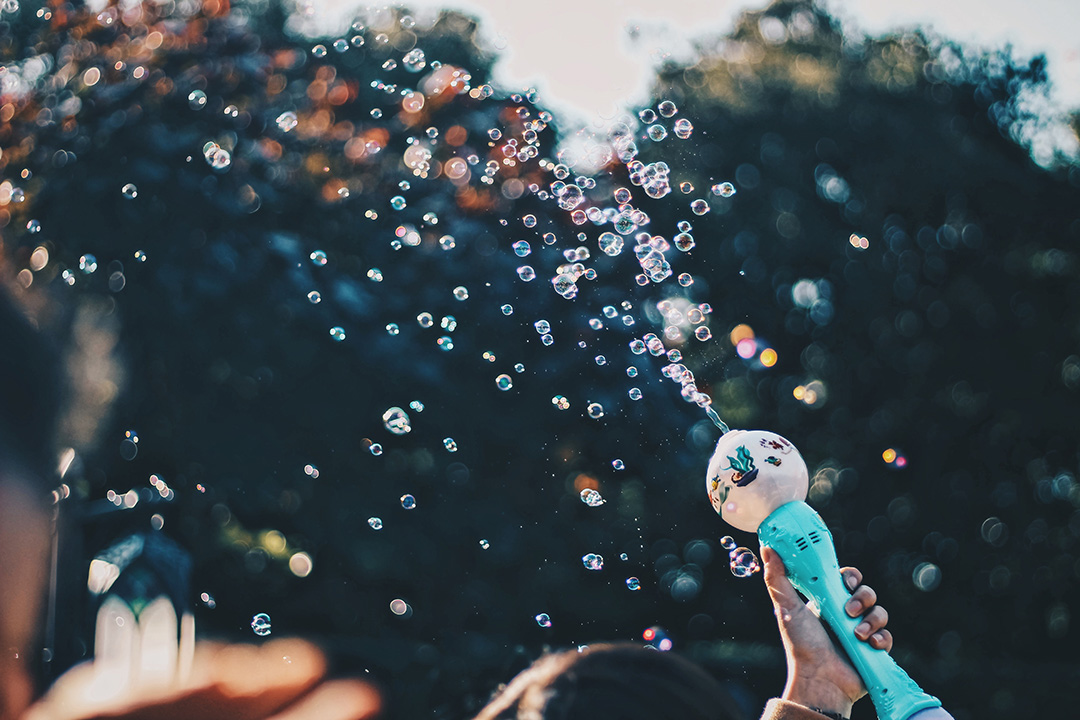Buckle up, folks, we’re about to dive into a controversial sex topic: how to squirt during sex. “Squirting,” more accurately known as female ejaculation (and sometimes called “shejaculate” by the internet), remains one of the more highly debated and controversial subjects in sex science to date. Many experts still question whether female ejaculation even exists—in the year 2020 we still haven’t yet sorted out female sexual physiology.
Everything You Need To Know about Squirting
In this Article
The Stigma
Anything to do with female sexuality has been, and continues to be, taboo in the strongest sense of the word. This is what fuels my work as a sex therapist turned neuroscientist—and exactly what I explore in my Glamour column, Ask. Dr. Nan, and in my new book, Why Good Sex Matters.
The truth is we probably know just as much (if not more) about the composition of the fluids that flowed on the surface of Mars billions of years ago than we do about the nature of what is expelled by the human female during sex or when women are cumming. How is that possible, given references to female ejaculation date back to fourth-century Taoist texts?
We can partially blame the stigma. It’s certainly understandable that women might be too ashamed to admit that they ejaculate, never mind be willing to show up in a lab to be studied. But the result is that we remain so clueless about squirting that some medical professionals continue to insist that any fluid that leaks out of a woman during sex is urine—a result of incontinence.
Time to set the record straight.
What is Squirting Anyway?
Let’s take a moment to distinguish between ejaculation (aka “squirting” during sex) and lubrication. Lubrication is a slippery substance secreted by the walls of the vagina when you’re aroused, while ejaculate is a watery fluid expelled during sexual stimulation or orgasm, through the urethra—the tube that transports urine from the bladder out of the body.
Experts aren’t entirely sure where the fluid comes from, but research indicates that the Skene’s glands (also known as the paraurethral glands or “urethral sponge“) are involved. This tube of tissue wraps around the urethra, and as arousal builds the erectile compartments swell up like a bunch of grapes filled with fluid, according to Sheri Winston, author of Women’s Anatomy of Arousal: Secret Maps to Buried Pleasure.
Where does the fluid come from?
It’s filtered out from the watery part of our blood plasma and combines with secretions similar in composition to those of the male prostate to make female ejaculate. It sounds strange, but it’s just nature at work—in fact, it’s similar to how nursing mothers make breast milk, which also involves fluids filtered from the blood.
Because the science of squirting is woefully sparse, this is up for debate. Some experts still claim that the larger amounts of ejaculate involved in squirting—more than a teaspoonful or so—are urine, and we don’t have sufficient studies to say for sure. Personally, based on what we know about the anatomy of the urethral sponge, I believe that women’s capacity to squirt larger quantities of fluid (not urine) will ultimately be validated scientifically.
Why do you Squirt?
The short answer is that when fluids build up in the erectile tissue of the urethral sponge, they need to be released.
Some believe that the fluids expelled during sex may function to protect the urinary system from infection by cleansing the urethra during and after intercourse.
Can Everyone squirt?
The International Society for Sexual Medicine asserts that ejaculation indeed is a “thing,” reported by 10% to 50% of women, depending on how the question is asked. The volume of female ejaculate can vary widely—ranging from small, barely noticeable amounts to gushing streams—so there is big variability in how women define and report their experience.
Some experts believe that all women ejaculate but don’t know it, as the fluid may flow backward into the bladder. So it’s completely possible that you’ve experienced squirting during sex and just not realized it.
How to Squirt During Sex
1. Go at it alone
The first step in learning how to ejaculate involves masturbating. My research has shown that strengthening your pleasure pathways by experiencing pleasure regularly can make orgasms more accessible.
2. Stimulate your G-spot
Once you’ve tapped into regular orgasms, the key is prolonged stimulation of the “urethral sponge.” How does one do that? Build arousal through vigorous and repetitive stimulation of the G-spot.
You can find it by reaching into the vagina (with a toy or a finger) while angling up in the direction of your belly. Winston suggests bearing down with your abdominal and pelvic floor muscles as you feel an orgasm approaching.
3. Let go
My experience is that once women get past the worry that they will mess up the sheets and accept that ejaculation isn’t the same as urination, they can let go and experience the full pleasure of squirting during sex.
The bottom line? Juicy sex can be great fun for all involved. If you squirt during sex, embrace it—there’s nothing to be ashamed of.
Here’s a video on female ejaculation and why it’s important.
Looking for more answers to your sexual wellness? I’m here for you. Book a free consultation with me and let’s understand why good sex matters.




